“If you think education is expensive, try ignorance!” – Derek Bok
The way you see training probably depends on how effective AND cost-effective your experience with it has been. Perspective is everything. Do you look at employee training as a process, or an event? In order to see ROI from your training program, it has to be directly applicable to both the daily tasks of your employees and the long-term goals of your company. Training is not something you mark off your to-do list every once in a while, it’s an investment that pays off over time.
Start with a Training Needs Analysis
A training need exists when an employee lacks the knowledge or skill to perform his or her job duties, or tasks are being performed in a way that do not contribute to the company’s over-arching goals. Effective training must meet the definable needs of your operation on multiple levels. Conduct a training needs analysis by asking these questions:
- What knowledge do my new employees need to aid in the development of successful skills?
- What will it cost if I don’t train on that skill?
- Do I have a personal bias about this particular skill or knowledge I’m requiring? Do my customers, employees or others really consider it unimportant? In other words, is it really a need-to-know skill?
- How will the behaviors I want to modify enhance my employees’ interactions with my guests and co-workers?
- How will the skills positively affect the quality of my establishment?
- How will the availability of this training improve my ability to recruit and retain employees?
Take a look at any position, such as cashier for example. Analyze the current performance standards and decide if they meet your expectations. You’ll probably find gaps beyond the obvious ones between the performance of one cashier and another. For example, you may discover that not every cashier knows where certain items are in the store, frustrating customers and increasing the potential for lost profits. You have just uncovered your first need-to-know for the cashier position: Everyone must know where inventory is located throughout the store. You have just successfully completed one element of your first needs analysis.
Next, consider how successful implementation of this knowledge impacts your bigger company goals. In order for this training to be an investment in your company, rather than a single event for each employee, implementation is key. Using that same example, let’s consider that all cashiers are successfully trained on inventory locations. How is that raw knowledge transferred to customers?
- Cashier 1: “Pickles? Yeah we have ‘em over there, by the ketchup.” (Gestures randomly.)
- Cashier 2: “Yes, we have a few different choices for pickles. You can find them in aisle 2, mid-way down, on your left.” (Points out the specific location, watches to make sure customer finds the item.)
See the difference? Both of these cashiers had the knowledge they needed, but only Cashier 2 implemented it in a way that supports broader customer service goals. In order for your investment in training to pay off, be specific about implementation steps, and role-play with employees to ensure understanding.





